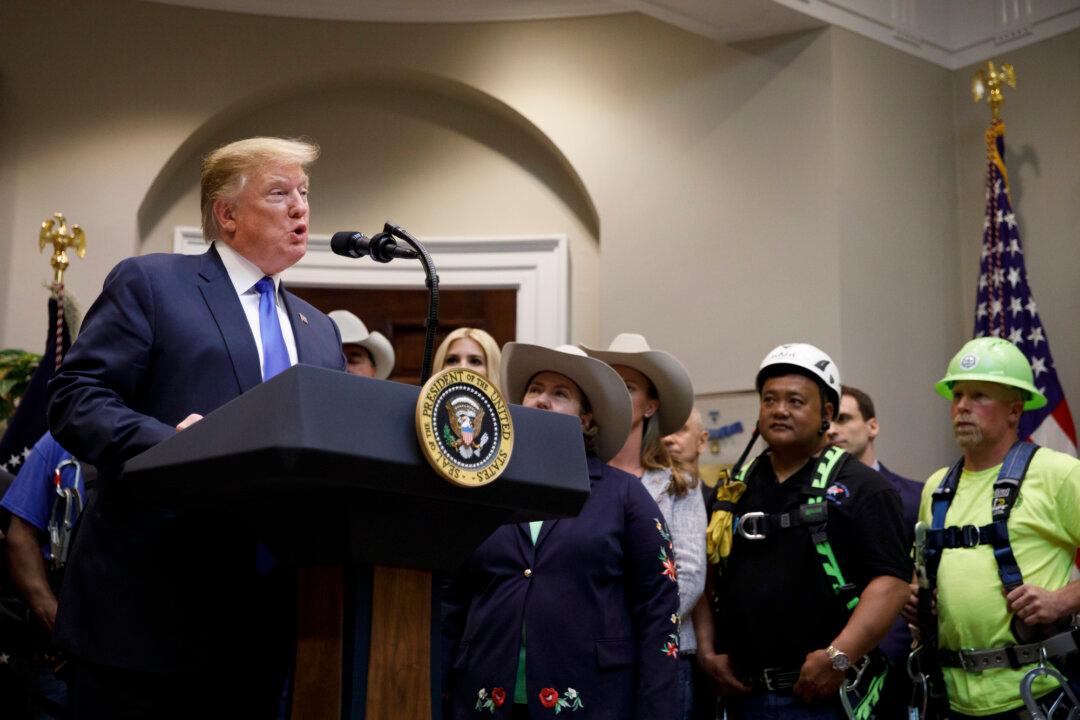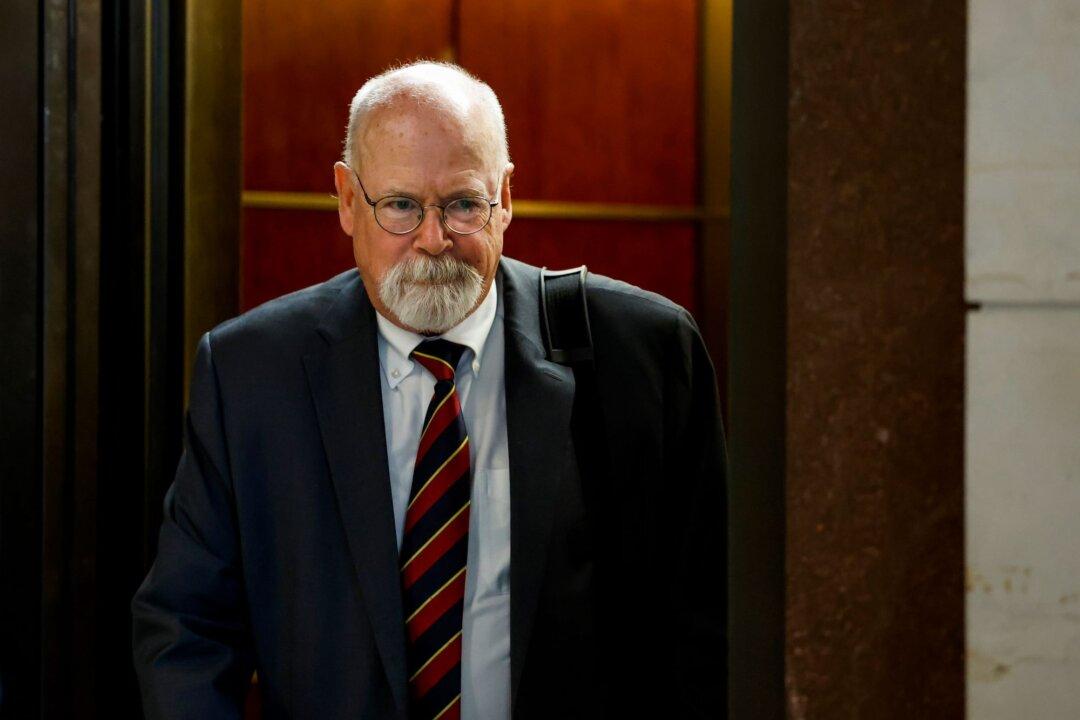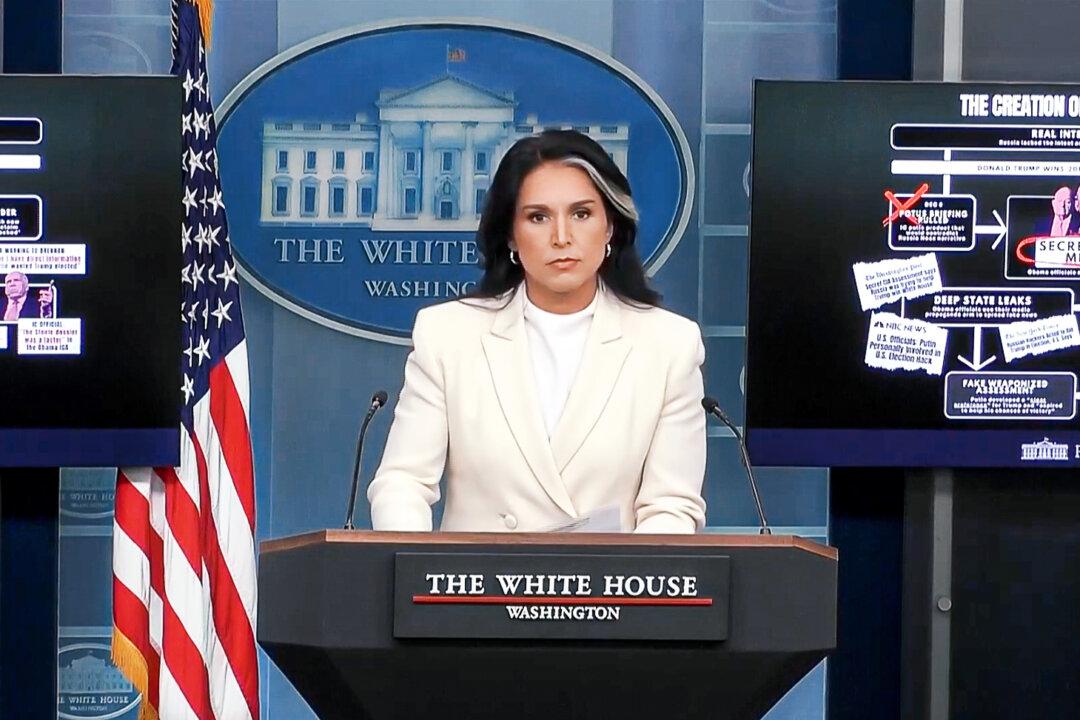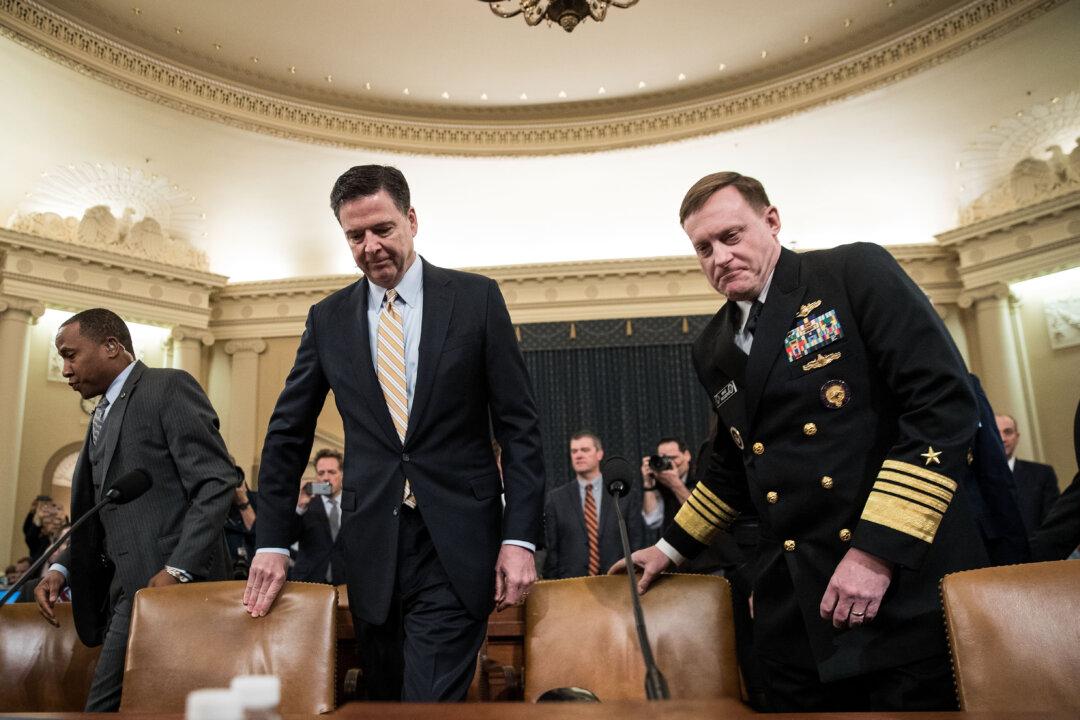President Donald Trump said on April 14 that the U.S. economy would have grown at a greater rate if it weren’t for the policies of the Federal Reserve, which repeatedly raised rates last year while selling off assets.
“If the Fed had done its job properly, which it has not, the Stock Market would have been up 5000 to 10,000 additional points, and GDP would have been well over 4% instead of 3%...with almost no inflation,” Trump wrote on Twitter.





